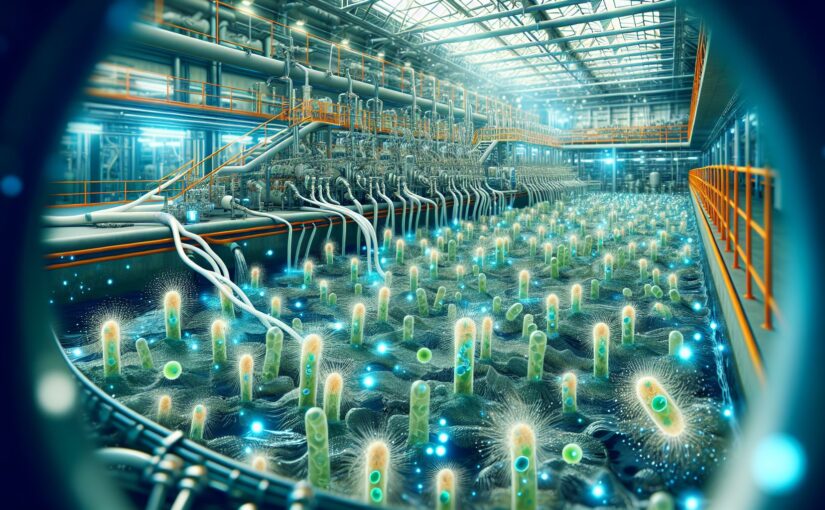There has been a growing interest in the field of wastewater treatment driven by the increasing global concerns over freshwater scarcity, energy conservation and environmental pollution. This concern has led to the emergence of innovative treatment technologies, striving not only to purify water, but also to recover valuable resources hidden within wastewater.
One of such innovative technologies is the utilization of microbial fuel cells (MFCs) for bioelectricity generation from wastewater. MFCs are bio-electrochemical systems that harness the power of respiring microbes to convert organic substrates directly into electrical energy [^1^]. This technology has given rise to a revolutionary idea – turning wastewater treatment plants from energy consumers into energy producers.
Through a versatile process, MFCs can process a wide range of waste streams, such as domestic sewage, industrial effluents, agricultural waste, and even landfill leachate. The secret of this resource-recovery miracle is the tiny microbes known as exoelectrogens, which can transfer electrons to an electrode under anaerobic conditions, generating current through a circuit [^2^].
The process of generating electricity from MFCs is essentially simple. Wastewater, rich in organic substances, is introduced into the anode chamber. The exoelectrogens consume these substances, breaking them down to release electrons and protons. These electrons are then led to the anode and flow through a resistor to the cathode, completing the circuit to generate electricity.
Though the concept of generating electricity through MFCs is not new, it is only recently that the technology has been considered for large-scale applications, particularly in wastewater treatment facilities. Expectedly, there are some challenges such as the need to further increase the power density and overall system efficiency. But, with relentless research and innovations, solutions are emerging promisingly.
It’s exciting to envision a future where wastewater no longer remains a burden on our planet but turns into a promising and sustainable source of energy. Indeed, by embracing solutions like bioelectricity generation from wastewater through MFCs, we can contribute to building a more sustainable and energy-efficient future.
The technology behind wastewater MFCs is not only fascinating, but it holds a profound impact on our approach to sustainability and renewable energy. Ultimately, bioelectricity generation from wastewater through MFCs is a powerful example of biomimicry — coupling the world’s oldest life forms with cutting-edge technology to generate renewable and green energy.
[^1^] : Pant D., Van Bogaert G., Diels L., Vanbroekhoven K. (2010). A review of the substrates used in microbial fuel cells (MFCs) for sustainable energy production. Bioresource Technology, 101(6), 1533–1543. DOI: 10.1016/j.biortech.2009.10.017
[^2^] : Lovley D.R. (2006). Bug juice: harvesting electricity with microorganisms. Nature Reviews Microbiology, 4, 497–508. DOI:10.1038/nrmicro1442
[^3^]: Logan B.E., Hamelers B., Rozendal R., Schröder U., Keller J., Freguia S., Aelterman P., Verstraete W., Rabaey K. (2006). Microbial Fuel Cells: Methodology and Technology. Environmental Science & Technology, 40 (17), 5181–5192. DOI: 10.1021/es0605016
